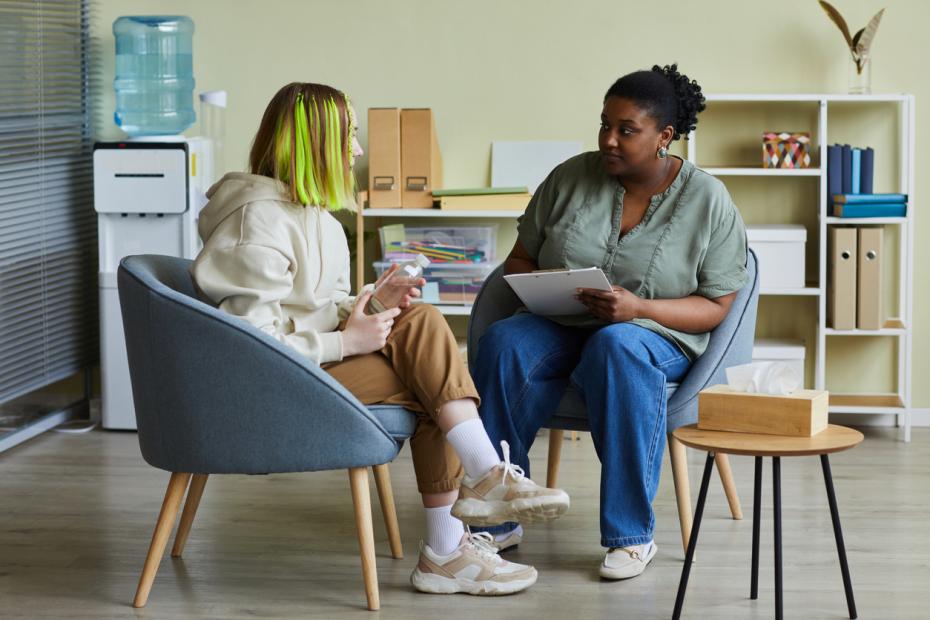Universities’ focus on learning and self-discovery sits alongside an obligation to keep all students and staff safe. With well-documented rises in mental health problems, particularly among the young, and social media creating new avenues for bullying and harassment, higher education institutions must take proactive steps to ensure the well-being of their communities both on and beyond campus. This collection of resources looks at practical ways to make your university a safe space, where everyone feels cared for and free to express themselves.

We’re living through a mental health epidemic and the pressures of higher education can make students and academics particularly vulnerable to stress, anxiety, depression and other challenges. Find out how to shape support services on campus, get practical tips for helping a student in severe distress and learn the importance of mental health first-aid training.
One fifth of UK students experienced sexual harassment in the 2022/23 academic year, a recent Office for Students pilot study revealed, with a tenth reporting sexual assault. This problem is not confined to the UK, with sexual violence the biggest public health concern for women globally. While survivor activism has drawn more attention to the issue in recent years, universities have a lot of work to do to address it. These resources show how to educate students about harassment and consent, how to encourage reporting and respond sensitively and effectively to cases of sexual misconduct, and how engaging influential groups such as male athletes could aid prevention.
Bullying doesn’t stop when we leave school. It pervades every level of education and employment and, while it can be nuanced and subtle, it is an issue that needs to be identified and addressed across higher education. Find advice here on how to recognise it and trauma-informed approaches to tackle it, in all its forms, whether between students in the classroom, academic staff or via online abuse.
How can universities create safe spaces to protect all students and make them feel comfortable being themselves? Find out how to tackle taboos and build inclusive supportive environments to allow all students regardless of their ethnicity, sexuality, religious beliefs or any other protected characteristic, to truly thrive.
Many of today’s students have grown up with the internet, but that doesn’t lessen online threats. These resources offer ways to help students and staff use social media safely, protect students’ privacy and keep staff safe from online harassment.






























